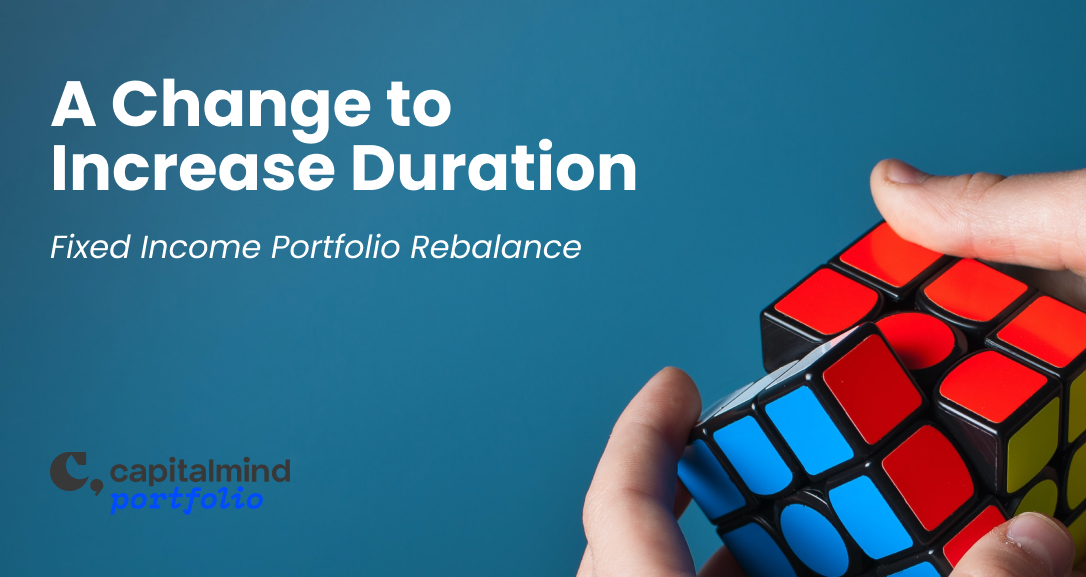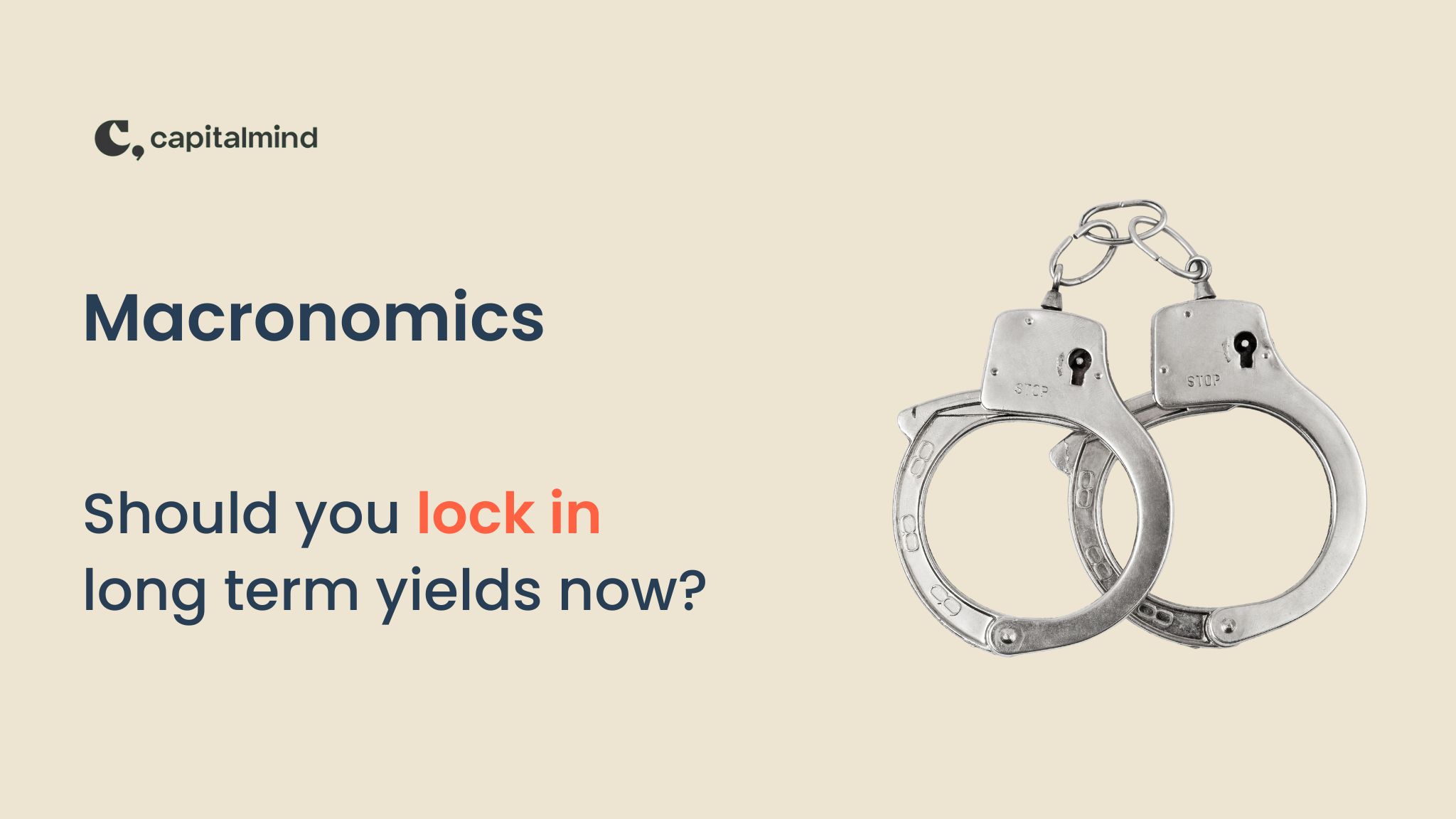How to invest in bonds in India? One of the most frequent questions we get.
Gold Bonds. Sovereign Government Bonds. Corporate Bonds. There are many kinds, each with its nuances, liquidity, and pros and cons.
Fixed Income in India is this super-interesting market, because people love to know exactly what they will get in terms of returns. How much, you ask, will I make? In equity, the answer is: No one knows. In gold, the same. In real estate, you won’t even know the value of your money on a regular basis, just when a neighbour sells his property.
But there’s a market where you do know.* Fixed-income, and this has usually been Fixed deposits, or EPF, or things like that. But there’s a bigger beast out there – the bond market. When you can buy some of these “bonds” and make the interest, similar to what mutual funds do.
* Conditions apply, as usual.
So we start a bond series. We’ll explain the bond market and its nuances.
The idea is to understand the different bonds available in market and risks associated with each of them. For investors who don’t want to get into the intricacies of managing an individual bond portfolio can opt for debt funds, which are managed by professionals.
To understand the basics of bonds like what are bonds? Terminologies associated with them, How to buy etc, please read “How To Buy Bonds Online – The Basics, Part 1”
Why Invest In Bonds?
We all know what’s happening at the banks – they offer lousy returns in fixed deposits and they are taxed heavily.
Mutual funds, in turn, are not entirely in your control – they can go buy some really shady debt if they want.
If you are an active investor and inclined at getting slightly better returns than banks and willing to take a slightly higher risk, then bonds are worth considering as part of your portfolio. A bond could give higher returns for the same kind of risk as a fixed deposit, and more importantly, allow you to sell before the maturity date is here.
Beware though: not all bonds are same. Bonds might give a definitive edge in returns over bank deposits but it comes with a rider of checking on issuing company’s credit worthiness. In most cases rating agencies give a credit rating but that can deteriorate quickly, and without warning. Credit risk is simply the fear of not getting your money back. It’s a risk in the bond market, though many corporate deposits too have seen
Most diversified portfolios have some amount of exposure to bonds as bonds are considered conservative compared to equity. In other words, bonds help you to keep you portfolio anchored with steady returns.
While the objectives of investing in different varieties of bonds vary from individual to individual, but the underlying assets in most cases tends to be same (cashflows from issuing firms, corporate guarantees or some collateral). There are a variety of bonds available in the market and each of them have different scheme of arrangements and come with a different set of risk profiles. The better the rating, the lower the coupon rate. The highest rated bond is said to be AAA rated, and the worst is a “D” (defaulted).
Why Bonds Are No substitutes for Fixed Deposits
The popular misconception sold by broking agencies/advisory services is that bonds are as safe as a bank deposit and will give better returns. Its never true, it defeats the fundamentals of risk-reward criteria. If some financial instrument is offering a greater return, than it should be associated with higher risk.
Its more worrisome as most investors never understand and believe what they see until some crisis pops up. We need to clearly understand why banks offer 7-7.5% on fixed deposits whereas bond yields are in the range of 8 -10%. You might even see bonds at 10%+ – there is a risk there.
Interest payments made on bonds are usually dependant on the cashflows of a firm and its ability to service the loan (In some cases firms raise more money to close the previous loans). At some point if the firm is unable to generate the necessary cashflows, it defaults on the bond. Defaulting on a bond primarily means two things.
- You will not see further interest payments.
- The principal amount invested (technically face value of bond) is also lost. If the firm files for bankruptcy, you might get some part of it. Either case you still need to wait for a long time keeping your fingers crossed.
In case of Bank deposits (We are talking about big banks, not any co-operative bank or private firm taking deposits), there are hardly any instance where in depositors have lost money. Banks directly come under RBI. RBI will fiercely protect depositor’s money. In case RBI is unable to do it, government might be forced to take it on its shoulders. If a banking institution fails, it will be more of governments failure and will be taking down the whole credit system rating of the country. So, governments seldom allows it to happen.
The other risk associated with investing in bonds is premature sale. We call this market risk and interest rate risk. As most bonds are tradeable, the market forces determine your exit price in a premature sale. If the interest rates have gone up from the time you have bought, then bond prices tend to fall. If you sell in those periods, then you tend to make losses. If interest rates go down, then its other way around. In case of banks, a premature withdrawal will only attract a loss of accrued interest and principal will be safe.
And then, if the market has no buyers, then you might have to sell at a much lower price than it deserves.
See this video to understand how bond “yields” work.
To have better comparison on bonds vs deposits in terms of their cashflows you can read the article titled “Cash Flow Based Return of Long Term Bonds Available Online, Part 2”
Once we understand the basic difference between risk profile of bank deposits and bonds, the next logical step would be to understand different types of bonds and how they suit our need.
Government Bonds aka G-Sec or Gilts
When the government wants to raise money, they issue bonds. These bonds are managed by the RBI. G-Secs are believed to be safest among all the bonds available. For rupee debt this is the safest instrument available.
Hence the interest/coupon rate offered on them is also lowest. G-Secs come with varied maturity starting from 1 year to 30 years. However in secondary markets you can get a G-Sec with lower maturity as well. As G-Secs are issued by the government, its highly unlikely for a government unless the whole economy goes for a toss.
The higher the maturity of G-Sec the higher the Interest rate. Recently Government has issued a 40 year G-Sec. The below press release by RBI is confirmation of the same.
(Click on the image to read press release)
However the current provision allows investors to only buy the G-Sec in secondary market via various brokers like Zerodha, Karvy etc. There is no provision for investors to sell, its a hold to maturity kind. For instance if an investor is comfortable to buy a G-Sec which is going to expire in 2028 with an 7% interest rate and hold it till 2028 , then buying in G-Secs through is a suitable option. They cant easily sell in between. The below screenshot gives a rough idea of current interest rates offered in secondary market.

The secondary market prices can be checked at this link, under NDS-OM tab.
The better way to go about is via Gilt Funds. Gilt funds are managed by AMCs and will have a portfolio of government bonds. You can even select various Gilt funds based on the kind of maturity you are looking. You can redeem your investment intermittently in case of Gilt Funds. However, the redemption return will vary depending on interest rate changes since you bought it. If interest rates have gone down, you will see your investment appreciating and if interest rates have gone down its vice-versa. Most of the fund houses like Reliance, ICICI, Axis, HDFC offer gilt funds.
G-Secs Vs Fixed Deposits.
G-Secs can be used as alternative to fixed deposits as they have almost same risk profile with a similar return, but only if you plan to hold them to maturity. The major advantage of G-Secs is you can lock in the interest rates for the longer duration, whereas fixed deposits only offer a 5 to 10 year tenure. G-Secs can be bought for varied periods from 1 year to 40 years. But many times, G-Sec rates are lower than many fixed deposits, so why bother?
However, you can take a “bet” on rates falling by buying G-Secs. If rates fall from 7% down to 6%, your 10-year bond will rise from a price of 100 to 108. That’s a decent return but you should understand that this is only a bet on interest rate movements.
Tax Free Bonds
Tax free bonds are issued by government backed entities. Typically, the money raised will be invested in infrastructure projects. The income earned from interest payments from these bonds are tax exempt.
The bonds are generally issued for a longer maturity (5+ years). Tax free bonds are not suitable for everyone. It benefits the most for people who come under higher tax bracket of 30%. Another concern with Tax free bonds being the liquidity. Due to low liquidity selling of a significant chunk in secondary market might be a problem. Below table represents some of the traded Tax-free bonds in the market along with their respective yield to maturity.

To read on Tax implications on different types of bonds read the article titled “Tax Implications and Nuances of Online Bonds – Part 3”
They have other uses too, such as for tax-loss harvesting, stated here.
Note that for the last two years, tax-free bonds haven’t been issued, and so the only bonds available are those that were issued many years back.
54 EC Bonds: Save Capital Gains Tax
54 EC bonds which are commonly known as Capital Gains Bond. These bonds are issued by government backed infra companies like REC, PFC, NHAI etc. 54 EC bonds usually have a tenure of 5 years. These bonds are used to claim long term capital gains exemption from the sale of property. The investment in these bonds renders the invested money as deductible from your capital gains on property, upto a maximum of Rs. 50 lakh per year.
The investment in 54 EC bonds can be made within 6 months of the sale of property, to claim the capital gain exemption. The minimum lock in period in these bonds is 5 years, post which you get the money back in your bank account, tax free. Remember though that the interest they offer (paid to you yearly) is taxable.
Zero Coupon Bonds and Cumulatives
As the name suggests, these bonds offer no coupon/ interest. The interest will be accrued till the maturity and will be paid at the time of maturity. These can be deep discount bonds – so I sell you a bond at a face value of Rs. 100, but youonly pay Rs. 80, and you’ll get Rs. 100 at maturity and make 25% return, over say three years.
Or they may be a bond that pays a premium at maturity but nothing before that. Like a Rs. 100 bond that pays out Rs. 125 at maturity. Or they may aggregate yearly interest and pay the whole thing at maturity. This is a cumulative bond.
Remember that these bonds can have a problem, because they may be issued by companies with no cash flow. They will not able to generate immediate cash flows and turn out profitable, but eventually when it’s time to repay they may just issue another zero coupon bond, and pay the first one back. The idea is: beware of Zero Coupon bonds with pure rollovers at maturity.
ZCB can be bought by investors who don’t want any intermittent payments, rather are comfortable in receiving a significant chunk at the end. In case you are planning to spend Rs 10,00,000 on your children’s education after 5 years. Then you can buy a zero-coupon bond of face value Rs 1000 for a sum of Rs 6,81,000. This will not give intermittent interests but will pay out RS 10,00,000 at the end of maturity.
The risk involved here is higher than what a regular bond carries:
- If the bond defaults in third year, you will lose out three years of accrued interest and principal both.
- The impact of interest rate changes on the bond will be higher in Zero Coupon Bonds compared to regular bonds as ZCBs carry accrued interest with them.
- Even though rating agencies are their in place to monitor financial health of bond issuing firm, a periodic payment always affirms loan servicing capacity of the firm. Otherwise an issuing firm can keep rolling over on maturity. This debt can subsequently balloon to a bigger number after some 5-6 rounds and eventually can default and you will never come to know until something big happens.
Investments in Zero coupon bonds should be dealt with utmost care, as the impact of default is higher compared to other types of bonds. For notified zero coupon bonds issued by firms like NABARD and REC capital gains tax is applicable on maturity, whereas for non-notified zero coupon bonds the difference between purchase price and maturity price is considered interest income and taxed accordingly.
Convertible Bonds and Bonds with Options
Convertible bonds are a different breed all together. Convertible bonds carry a clause of optional conversion of debt into equity. These bonds sometimes are foreign currency denominated. For instance, Sintex industries issued Foreign Currency Convertible Bonds (FCCBs) worth $110 million. The conversion price was at Rs 67.44 per dollar and strike price of Rs 92.16 for Sintex Industries stock. The interest on the bond was to be paid until you wish to convert into equity.
If Sintex stock price is at Rs 150, then for you there is good reason to convert. An immediate conversion at Rs 92.16 will yield you 63% (considering current $ rate is at RS 67.44). Again, you will be paying capital gains tax, which is much lower at 15% (for long term gains) rather than 30% on interest income.
In case of distress, the bondholders can ask the firm to rollover bonds to later maturity with higher yields, lower the strike price of equity or ask for partial payments.
Some bonds carry “puts” – meaning, a rule that says after so many years you have the choice of giving the bond back to the issuer and getting your price plus interest back. The maturity may be further down the road, so if you don’t make the choice, you get to hold the bond further till maturity (or sell in the market).
To read about Bonds With Put Options (Buybacks) click here.
Further, you also have bonds with call options. Meaning: there are bonds where the issuer can say, hey, I’m going to pay you interest as of right now and call the bond back, so you will get no further payments. Mostly perpetual bonds have such options.
To read more about perpetual bonds, click here.
Floating Rate Bonds
These bonds have variable coupon payments. The coupon rate is not fixed, but instead linked to external benchmark (G-Sec). The coupon payments will be usually G-Sec rate + X bps, or a spread against a benchmark.
For example a floating rate bond carrying coupon rate of G-Sec + 125 bps, will pay 1.25% more than prevailing G-Sec rate on that day. (Typically this is reset once a quarter or year) These bonds are for investors who want to avoid interest rate risk. Below are the salient features of floating rate bonds.
- Investors will not be locking in interest rates for longer term. The coupon payments will be dependent on prevailing interest rates during that time.
- For a investor who is not sure to invest in long term and has chances of selling the bond intermittently, this type of bond ensures no principal is eroded. At all costs your principal gets protected from interest rate fluctuation.
High Yield Bonds aka Junk Bonds
A bond with a rating below BBB (that is, BB, B, C or D) are commonly known as Junk Bonds. These are high risk bonds with a lower credit rating and higher yield. The yields will vary depending on rating (its more of firms creditworthiness) and maturity profile of the bond.
Assume you are buying a Reliance Home Finance Series N6. This bond is rated as junk, but it has a yield to maturity of 34%. Now considering Reliance Home finance balance sheet is not that great, the risk of default is high. But the yield of 34% is very attractive. It’s a high risk and high return game – if Reliance Home Finance pays all its debts, you get a hefty return. Big risk, big reward.
Participatory Bonds
The issuer in this case promises investors coupon cash flow based in the profit generated by the firm. If profit of firm goes above certain level, then coupon payments increase proportionately. If profits go down below pre specified level, cash flows for bondholders will reduce by similar extent. Its more of bond holder participating in the companies profitability. Participatory bonds are a rare breed and generally not found in Indian context.
What to do with all these bonds?
All this is interesting, but where are we going from here? In subsequent posts we will talk about different ways to participate in the bond market and how to build your own bond portfolio.
For our other articles on bonds, click here.
We’ll see how to invest in the safest of them all, and how to consider a portion of money for more risky bonds. We’ll also talk about taking a higher layer of risk on interest rate futures as well, to play the yield curve. Oh, and what really is a yield curve? More on that as well.
We publish a bond sheet every day on the Capitalmind Premium Slack channel (#bonds-and-funds) that has details of all the bonds we see that have some liquidity and some good prices. You can buy them yourself, and participate in what might be great opportunities.
Lastly, we hope to educate you in this bond series about all these things we hear about in the bond market, and in debt mutual funds. More to come!





